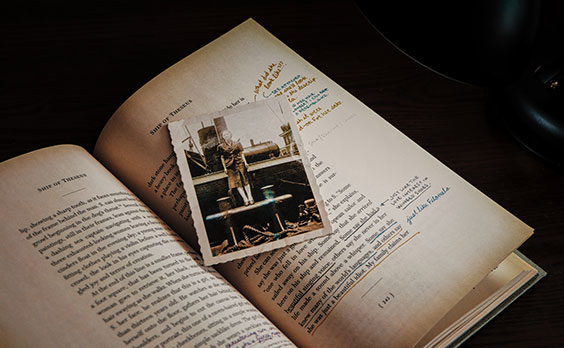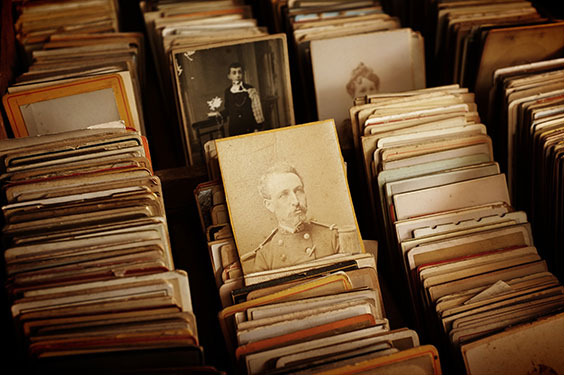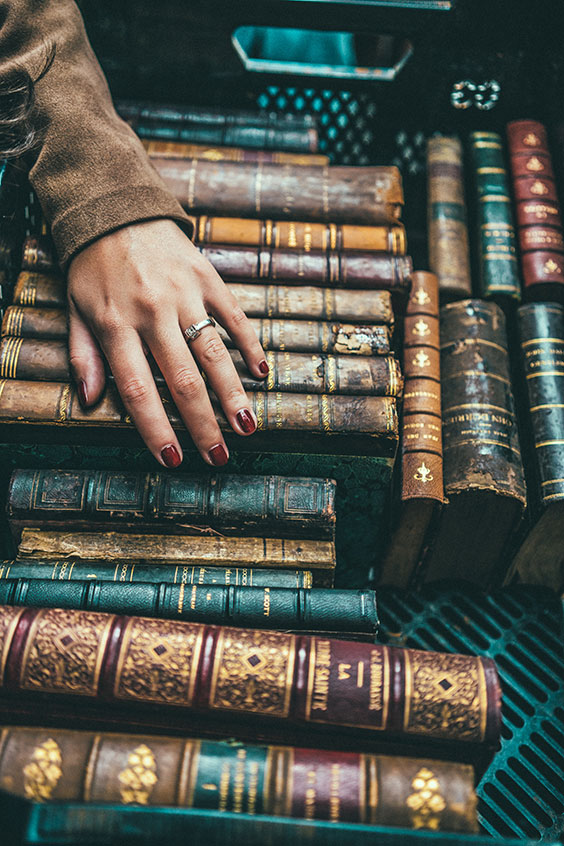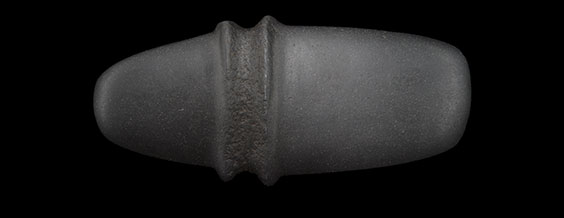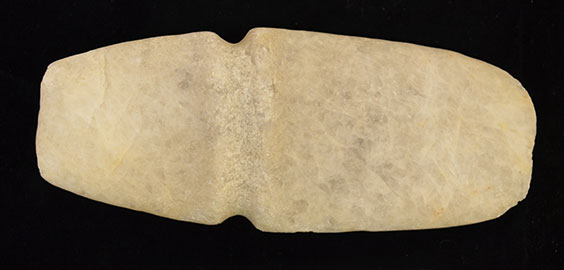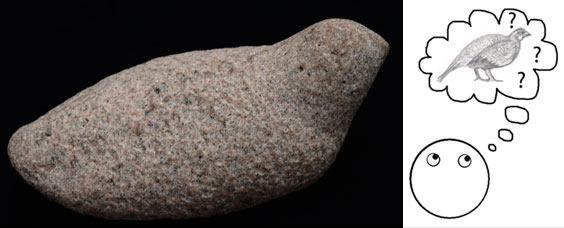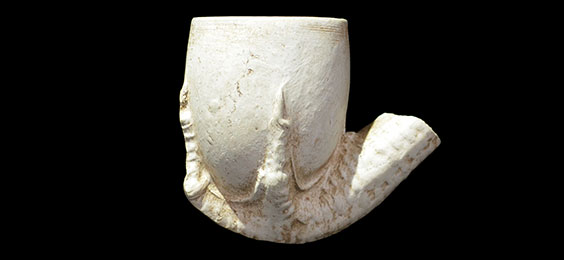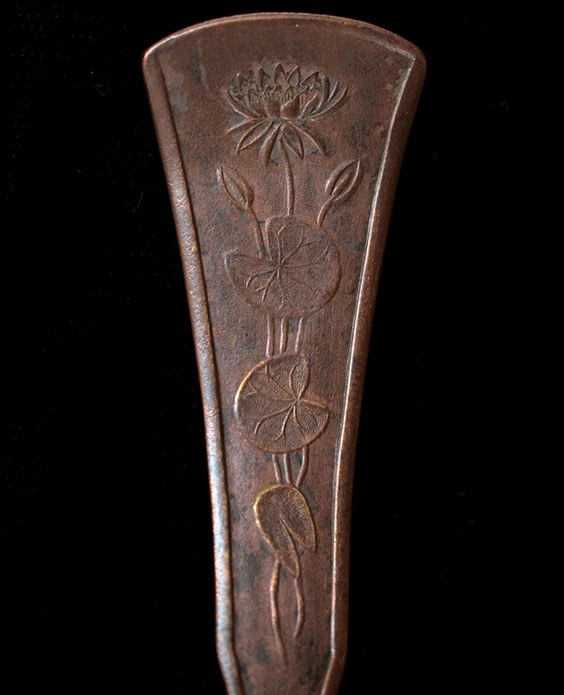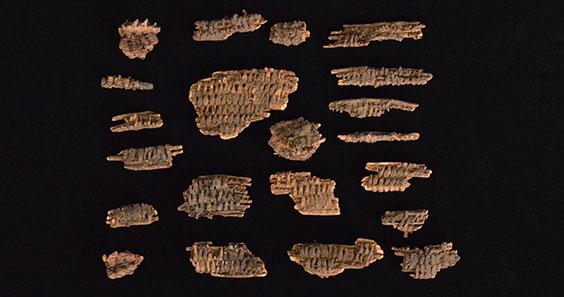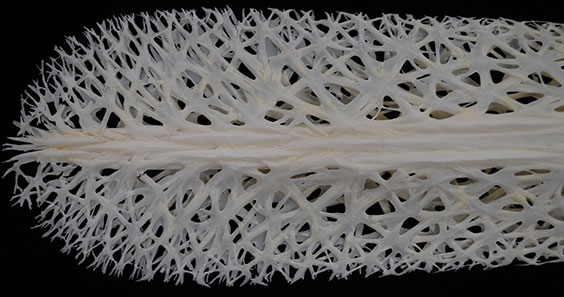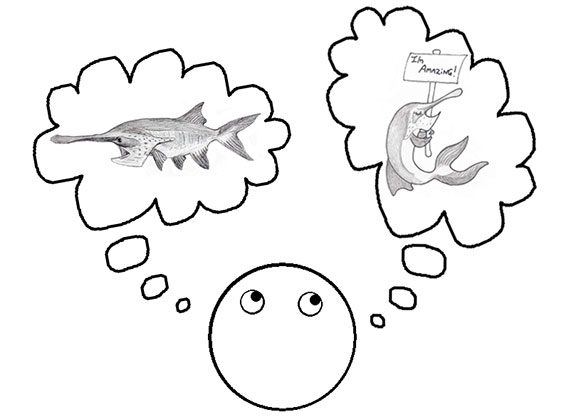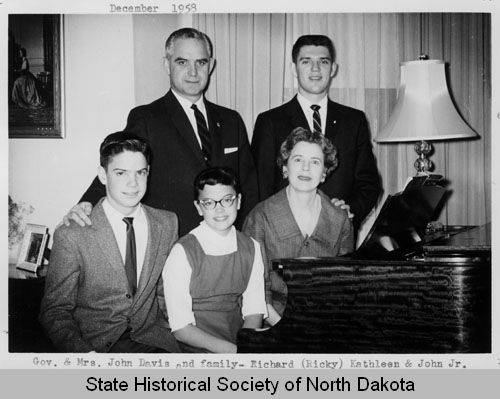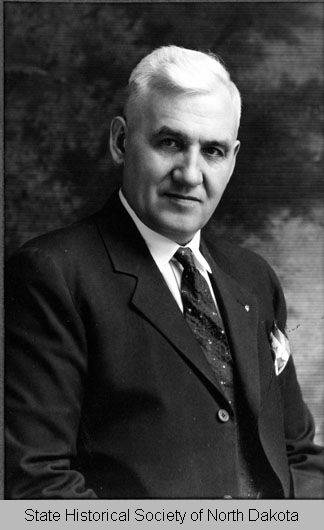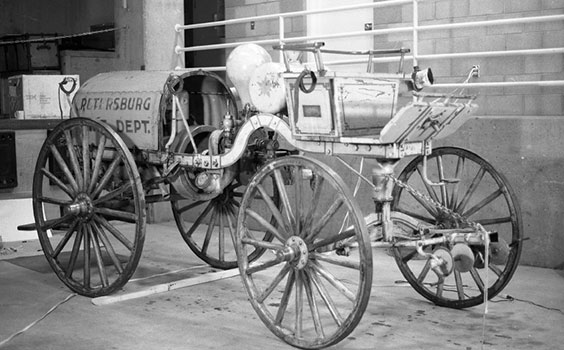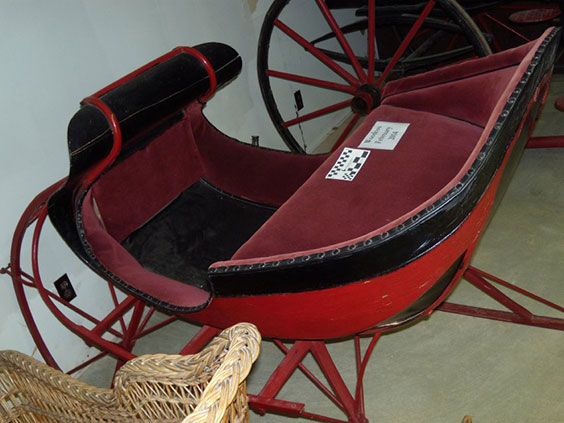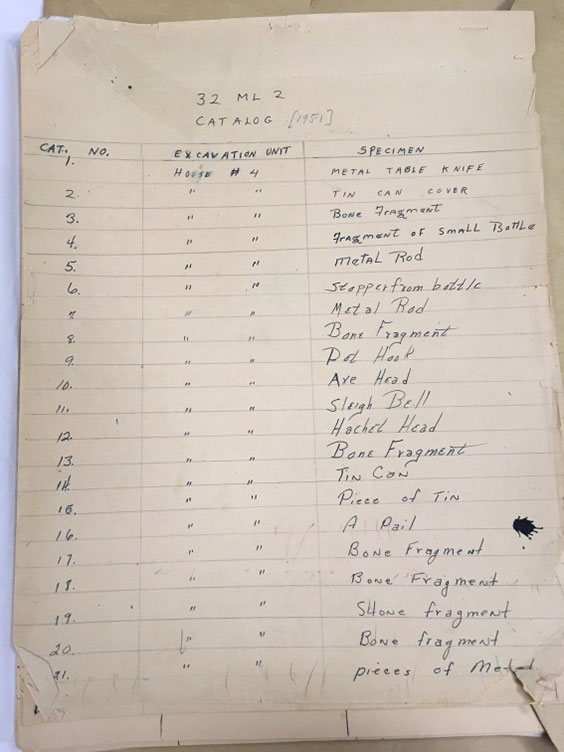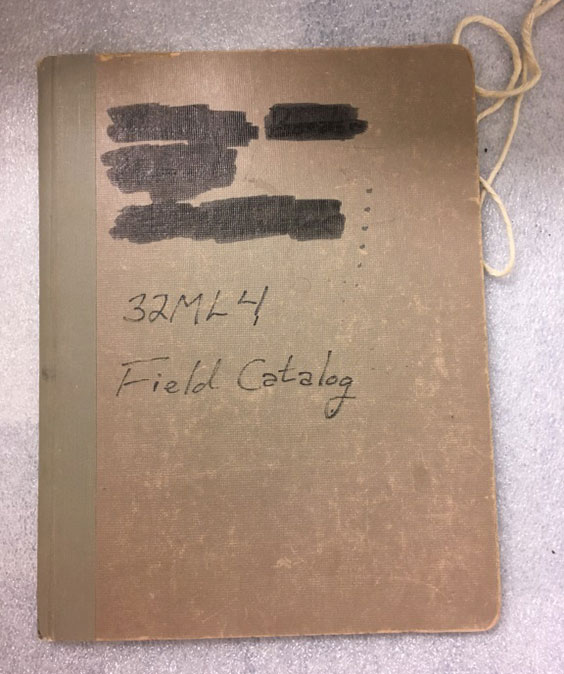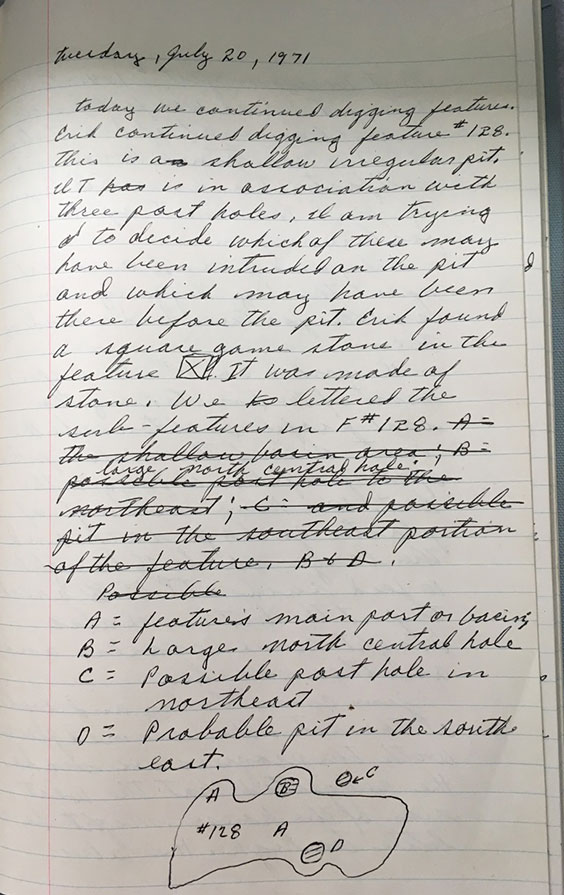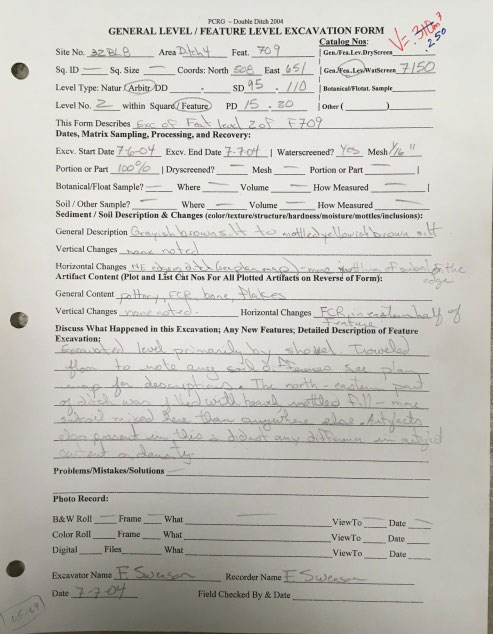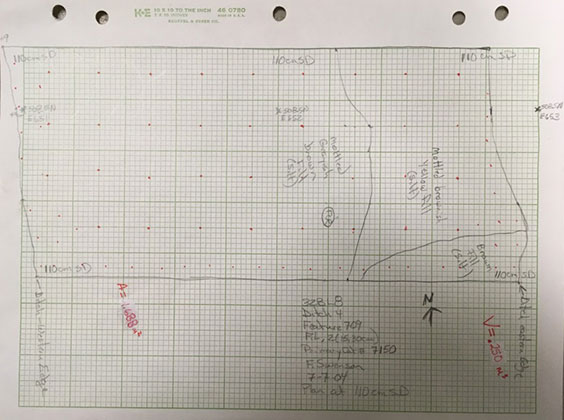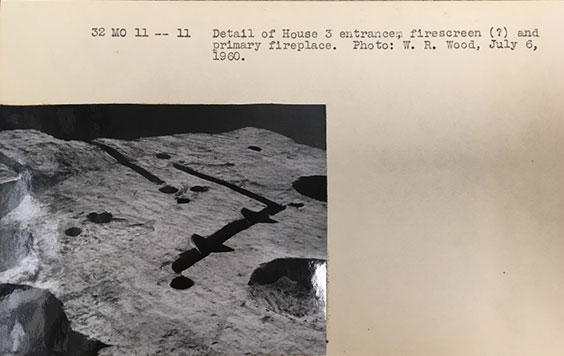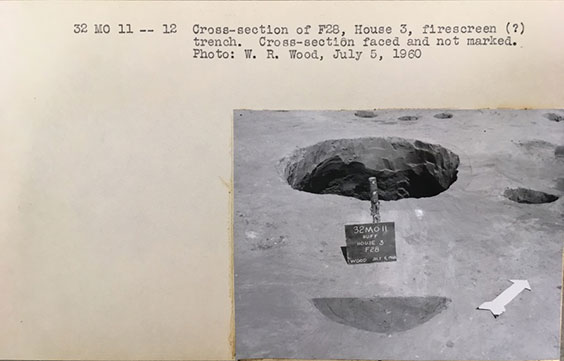Linda Warfel Slaughter: Bismarck Pioneer and Powerhouse
Did you know that the first Historical Society in Bismarck was founded by women?
Linda Slaughter recognized the importance of archiving the early records of Bismarck and began personally collecting and preserving important papers. In 1889, she organized the Ladies' Historical Society of Bismarck and North Dakota and served as president until its 1895 merger with the State Historical Society of North Dakota. Slaughter negotiated for the rights of women to vote and hold office in the new organization as part of the merger, and served as the first vice president of the State Historical Society of North Dakota.
Did you know the first woman to vote at a national convention for a presidential candidate was a Bismarck resident?
In 1892 Slaughter attended the Populist Party convention, becoming the first woman to vote in a national convention for a presidential candidate.
Wow! Linda Slaughter sounds incredible! Who was she?
Linda Warfel Slaughter was an impressive pioneer, with a unique and effective blend of determination, vision, strength and character. Throughout her life, Slaughter accomplished many firsts: she was the first teacher, the first superintendent of schools in Burleigh County (which made her the first woman elected to office), and the first postmistress of Bismarck (in fact, the law was changed in 1874 to permit married women to occupy the position of postmaster). Slaughter started the first Sunday school from her home (a tent) in 1872, and opened the Bismarck Academy the following year, which became the first public school in Bismarck. In 1881, she crafted a bill, creating a Board of Education.
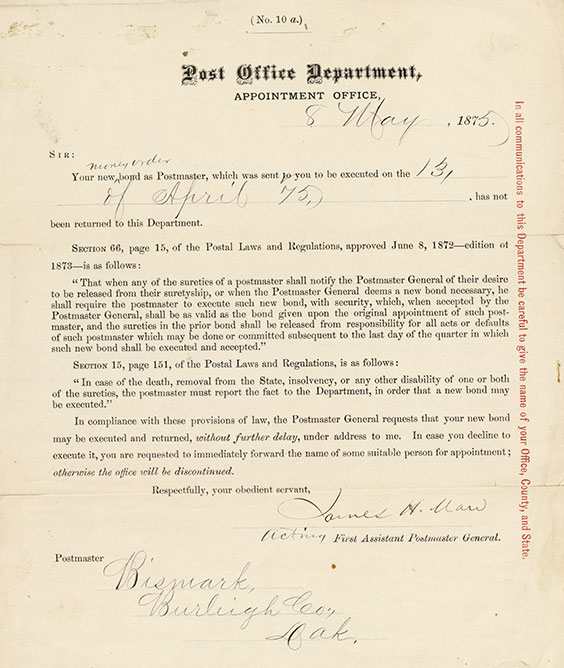
Appointment letter from Postmaster General, 1875.
An accomplished historian, poet, and songwriter, Slaughter published widely. Her serial, "Fortress to Farm," depicted life on the frontier post at Fort Rice, her family's arrival at Carleton City (the river landing below what is now Bismarck), the beginning of Edwinton, Dakota Territory, and the expansion of Bismarck. She served as a Washington correspondent for several years for the Bismarck Tribune. During that time, she developed a close friendship with Susan B. Anthony. Throughout her writing career, Linda Slaughter published everything from historical articles to parodies, poems, eulogies, and political serials. Slaughter wrote the words to the North Dakota state song in 1902.
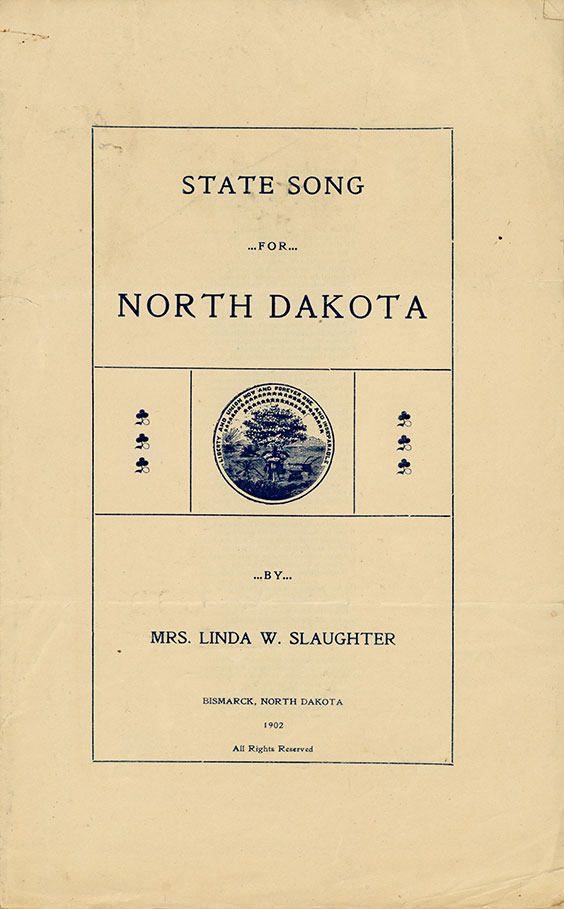
State Song of North Dakota, words by Linda Slaughter, 1902.
Slaughter was a charter member of The Daughters of the American Revolution, and held office in the National Women's Suffrage Association (serving as state vice-president in 1888 and as a member of the executive committee in 1889). She was involved in the creation of the Bismarck Women's Christian Temperance Union and served as its first president. Slaughter was admitted to the bar in Washington, D.C., in 1895.
Given the importance of Linda Slaughter to the founding and development of Bismarck, we were thrilled to add additional papers to the collection of Linda (Warfel) and Benjamin Slaughter Family (MSS 10003) in 2018. The additions to the collection I am most excited about are more of Linda's correspondence records and family photographs.
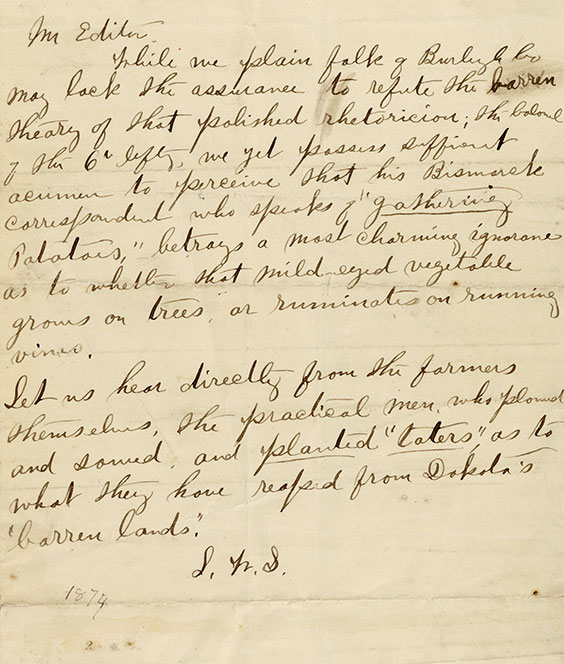
This letter to an unidentified editor is a great example of Slaughter's correspondence style. Slaughter was a truth-teller: she knew the facts, had the skill to relay them effectively, and the courage to educate those who were misinformed.
As a whole, the collection documents Linda's life and activities, and to a small extent, her husband's, daughters Linnie Lee (Mrs. Albin) Hedstrom, and Jessamine (Mrs. Arthur) Burgum, sister Aidee, granddaughter Hazel (Hedstrom) Eastman, grandson Ted Hedstrom, and great-granddaughter Virginia (Eastman) Dullum. The collection also includes family history and genealogy information, newspaper clippings about the Slaughters, papers of Albin Hedstrom (Burleigh County sheriff), Allan Eastman (Bismarck Tribune writer), and Allan’s parents Phillip K. and Maude Eastman (store owners in Wilton).
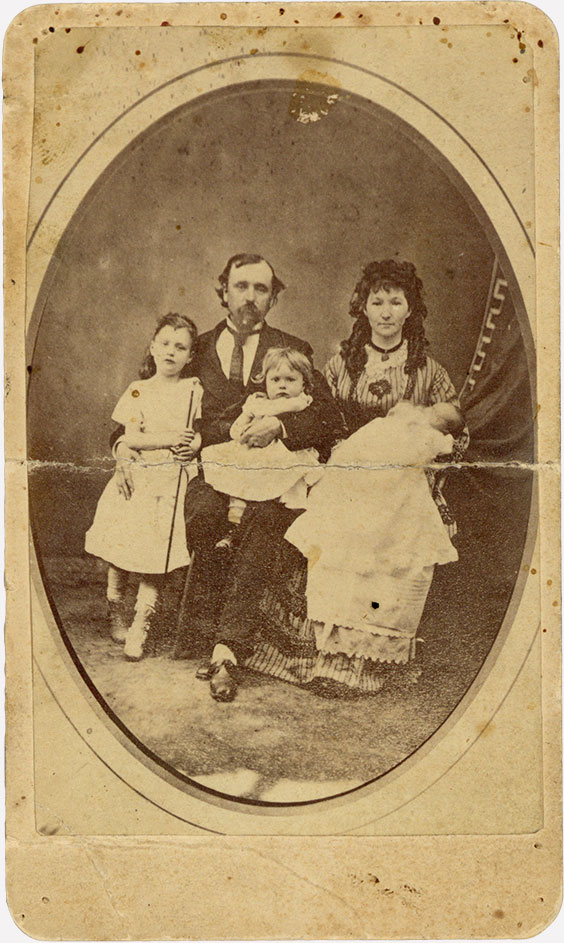
Linda W. and Dr. Benjamin F. Slaughter family portrait, circa 1876.
If you are interested in learning more about Linda Slaughter, feel free to come and read her writing at the State Archives. There are also a lot of excellent articles online. Of special note are resources created by the North Dakota Studies program at the State Historical Society of North Dakota.


